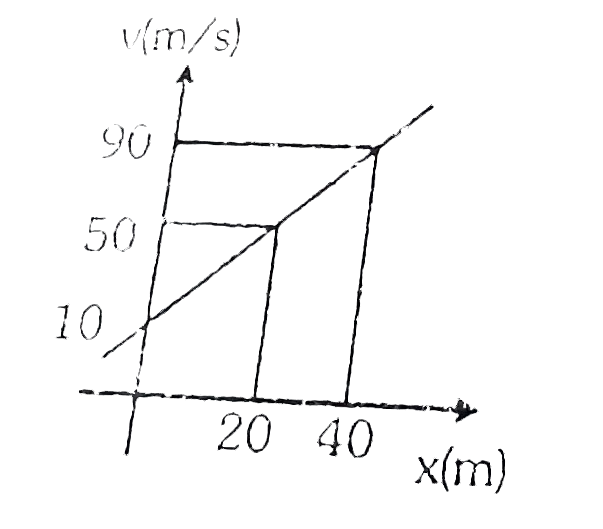Let v and a be the instantaneous velocity and acceleration of a particle moving in a plane. Then rate of change of speed dvdt of the particle is equal to
|a|
v.av
the component of a parallel to v
the component of a perpendicular to v
The correct Answer is:B, C
Step by step video, text & image solution for Let v and a be the instantaneous velocity and acceleration of a particle moving in a plane. Then rate of change of speed (dv)/(dt) of the particle is equal to by Physics experts to help you in doubts & scoring excellent marks in Class 11 exams.
Updated on:21/07/2023Topper's Solved these Questions
- KINEMATICS 1BOOK - DC PANDEYCHAPTER - KINEMATICS 1EXERCISE - COMPREHENSION_TYPE
19 Videos
- KINEMATICS 1BOOK - DC PANDEYCHAPTER - KINEMATICS 1EXERCISE - MATCH THE COLUMN
10 Videos
- KINEMATICS 1BOOK - DC PANDEYCHAPTER - KINEMATICS 1EXERCISE - INTEGER_TYPE
15 Videos
- KINEMATICSBOOK - DC PANDEYCHAPTER - KINEMATICSEXERCISE - INTEGER_TYPE
11 Videos
- LAWS OF MOTIONBOOK - DC PANDEYCHAPTER - LAWS OF MOTIONEXERCISE - Medical entrances gallery
39 Videos
Similar Questions
Derive an expression for instantaneous velocity and acceleration of a particle executing simple harmonic motion.
View SolutionA particle moves in the x-y plane according to the law x=t2, y = 2t. Find:
(a) velocity and acceleration of the particle as a function of time,
(b) the speed and rate of change of speed of the particle as a function of time,
(c) the distance travelled by the particle as a function of time.
(d) the radius of curvature of the particle as a function of time.
View Solution
Knowledge Check
Let v and a represent instantaneous velocity and acceleration of a particle respectively.
AAcceleration a can be zero when velocity v =cancel0BAcceleration a can be nonzero when velocity v=0CAcceleration a can be zero when velocity v=0DAcceleration a must be zero when velocity v=0.The graph between instantaneous velocity and acceleration of a particle performing S.H.M. is
AparabolaBstraight lineCellipseDcircleAt any instant, the velocity and acceleration of a particle moving along a straight line are v and a. The speed of the particle is increasing if
Av>0,a>0Bv<0,a>0Cv>0,a<0Dv>0,a=0
Acceleration of particle moving in straight line can be written as a=dvdt=vdvdx. From the given graph find acceleration at x=20m.

View SolutionIf the instantaneous velocity of a particle is zero, will its instantaneous acceleration be necessarily zero
View SolutionA particle is moving in a circle with a constant speed, the acceleration of the particle has
View SolutionThe ratio of instantaneous velocity and the average speed of the particle performing S.H.M. is
View SolutionStarting from rest, the acceleration of a particle is a=2(t−1). The velocity (i.e.v=∫ a dt ) of the particle at t=10 s is :-
View Solution
